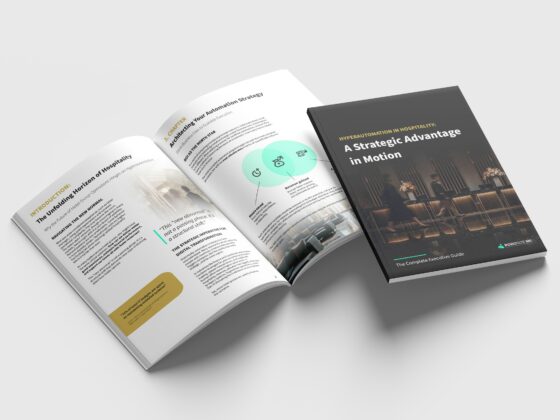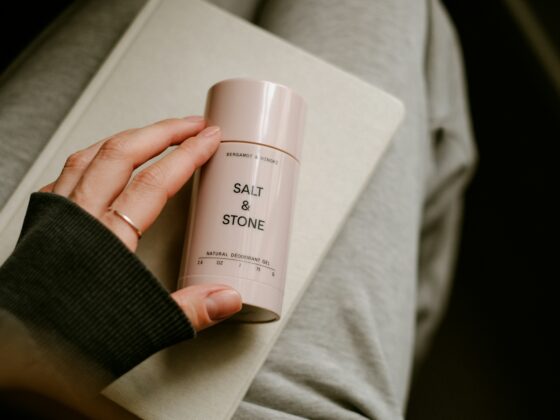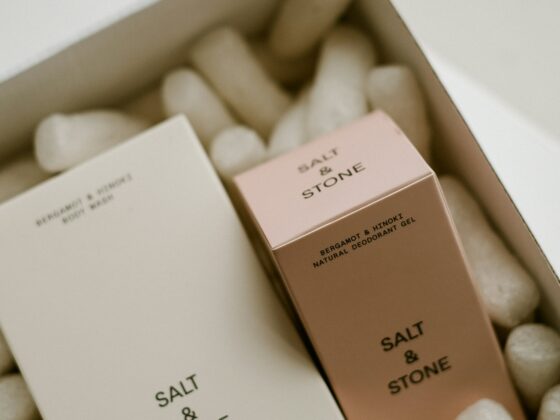Imagine marketing as a linear scale with brand on top and performance at the bottom. citizenM acquisition why so much? Hype vs Halo – LVMH vs Hermes. and more
Hello,
It’s the 1st of May, it is sunny out. I really need to wrap this up and get out there – but I got caught up in an inforgraphic idea that somewhat barely works. See it below. Have a great week.
Best, Martin
Sponsored by Klairhaus. Support the newsletter, treat someone to great office gadgets.
Hype vs Halo in marketing
With enough money and skill (which can be bought with the former), any brand can build marketing hype. We are “emotional animals” and hype and fomo are wonderful elements for a marketing person. If the product lives up to the hype then why not. If it doesn’t then it’s one of those things marketing people feel guilty about and try to explain in some twisted manner (eg. it was good for investors etc). In hotels, halo is built with excellent people delivering excellent service. Hype is built with excellent design – and with great people it can turn to halo. Without, it is just hype.
LVMH VERSUS HERMES
Culture a real upgrade in Hotels
As I wrote just above (and hint at just below), the people are the ones who make the hotel stay exceptional. Even a hotel in need of a renovation can excel if the people do an excellent job. Hoteliers train themselves to force a smile when a customer arrives. I still do this when I cross people I don’t know to hotel staff and guests. It is contagious, the other person starts smiling too. A friend who was hiring for hotels would specifically select people who had no prior hotel experience but who had a relaxing influence with others, he could train them on the PMS, but he couldn’t train them on being great with other people. If you like people you’ll do great in hotels.
HOTEL STAFF WELL-BEING
About me: I'm a fractional CMO for large travel technology companies helping turn them into industry leaders. I'm also the co-founder of 10minutes.news a hotel news media that is unsensational, factual and keeps hoteliers updated on the industry. But why a brand?
Marriott has acquired the citizenM brand for $355 million. That is for 36 hotels and 8,544 rooms worldwide. citizenM is a tiny hotel group compared to so many others. Yet it commanded an incredible price – one that makes no sense on paper but it does because of brand. The brand is embedded in every part of the dna: Design, people, architecture, ads, pricing, tech and more. In terms of brand execution it is a brilliant example of how the brand is the most valuable asset of any company. Others have made similar hotels but nobody has made another citizenM. The next challenge is keeping that brand integrity despite being part of a group that prefers easily swappable property assets where new hotel labels can be slapped on without much work.
MARRIOTT ACQUIRES CITIZENM
Like this? Share it!
Is the Decline in Marketing Engagement Inevitable?
The concept known as the “Law of Sh*tty Clickthroughs” illustrates the decline in marketing engagement over time, with the first banner ad in 1994 achieving a 78% clickthrough rate (CTR) and Facebook ads in 2011 only reaching a CTR of 0.05%. It is inevitable. The internet’s most successful business model is ads. And we’re getting better at ignoring them. Platforms are getting better at showing more (Google and Amazon’s first page is mainly ads now). The trend is inevitable. We need to work on making advertising more interesting.
DECLINING ENGAGEMENT TREND
Loyalty programs, more about
The GHA DISCOVERY loyalty program now boasts 30 million members. The redemptions of DISCOVERY Dollars (D$) jumped 60% from the previous year. 30 million members is a lot. As I wrote a few weeks ago, this is one of the key products of hotel chains. It is the glue that makes chains stick.
LOYALTY PROGRAM GROWTH
Private Group Chats the New Social Media for the Elite
There are a few moments where Zuckerberg did manage to see where the puck was going. Intagram and Whatsapp are two great examples. What used to be a function of social media – to keep one’s friends up-to-date on what was happening. Has shifted to group chats. It’s not really an elite only thing. I think most of us have most of our actual updates in groups now – social media has become the replacement for press releases and lots of vanity updates.
GROUP CHATS ELITE
Podcast: I was invited on the Hospitality Daily Podcast and spoke about technology in hospitality, some thoughts on what wont change in hospitality, and why I co-founded 10minutes.news. Best, MartinOpinion
A Scale of Marketing
We know the marketing funnel analogy. It’s neat, simple, easy to understand. And it’s useful to explain the concept of volume. But when planning marketing actions I find that the funnel is limiting, we need something that clearly positions marketing activities and helps prioritize them in terms of resource investment. A scale where every activity in marketing can be placed somewhere along it.
At the very top of the scale, we have pure brand-building. Think sponsorships, PR campaigns, events that don’t generate a single lead but leave a lasting impression. These are expensive, hard to measure in the short term, and vital for long-term growth. At the very bottom, we have sales. For e-commerce it is products sold or for B2B qualified leads, depending on the product. That’s the direct response end. And in between? Everything else.
Educational campaigns, influencer programs, press coverage, podcasts (include in there what was formerly known as webinars), native ads, email nurture flows, downloadable tools. Each one is either a little more brand or a little more performance. And here’s the kicker: you can plot them. Literally. Put them on a horizontal scale from brand to performance and see where they fall. Give each item a value between 1 (pure sales) and 1000 (pure brand). But don’t let anything sit at the same point. Force prioritization.
This view changes how you budget, how you prioritize, and how you justify marketing decisions. Need short-term growth? Slide down the scale. Want to become a category-defining brand? Head up. Most companies hover around the middle, unsure which way to lean. And then marketers invent concepts that there are two types of marketing “Brand marketing people” and “Performance marketing people”. It is one scale and two ends of it.
It’s not a revolutionary model. But it might be a more precise one. Funnels are a great visualization of volumes. A linear scale is a good way to show that we’re all on the same team. It forces us to look at trade-offs, understand investments, and stop pretending that every campaign can be everything. Or that one is more important than the other which seems to be the trend today.
Want to judge your next campaign? Don’t ask if it’s “top of funnel.” Ask where it sits on the scale. And depending on your priorities – you can see if it really fits in the budget right now.
• Is Imperfection the New Luxury in the CAPTCHA Economy? – Link
• Hyper-Customization in Hospitality Without Compromise? – Link
• AI Agents and Agency-Client Relationships in Media – Link
Start writing today. Use the button below to create your Substack and connect your publication with Tell • Martin Soler’s Newsletter









